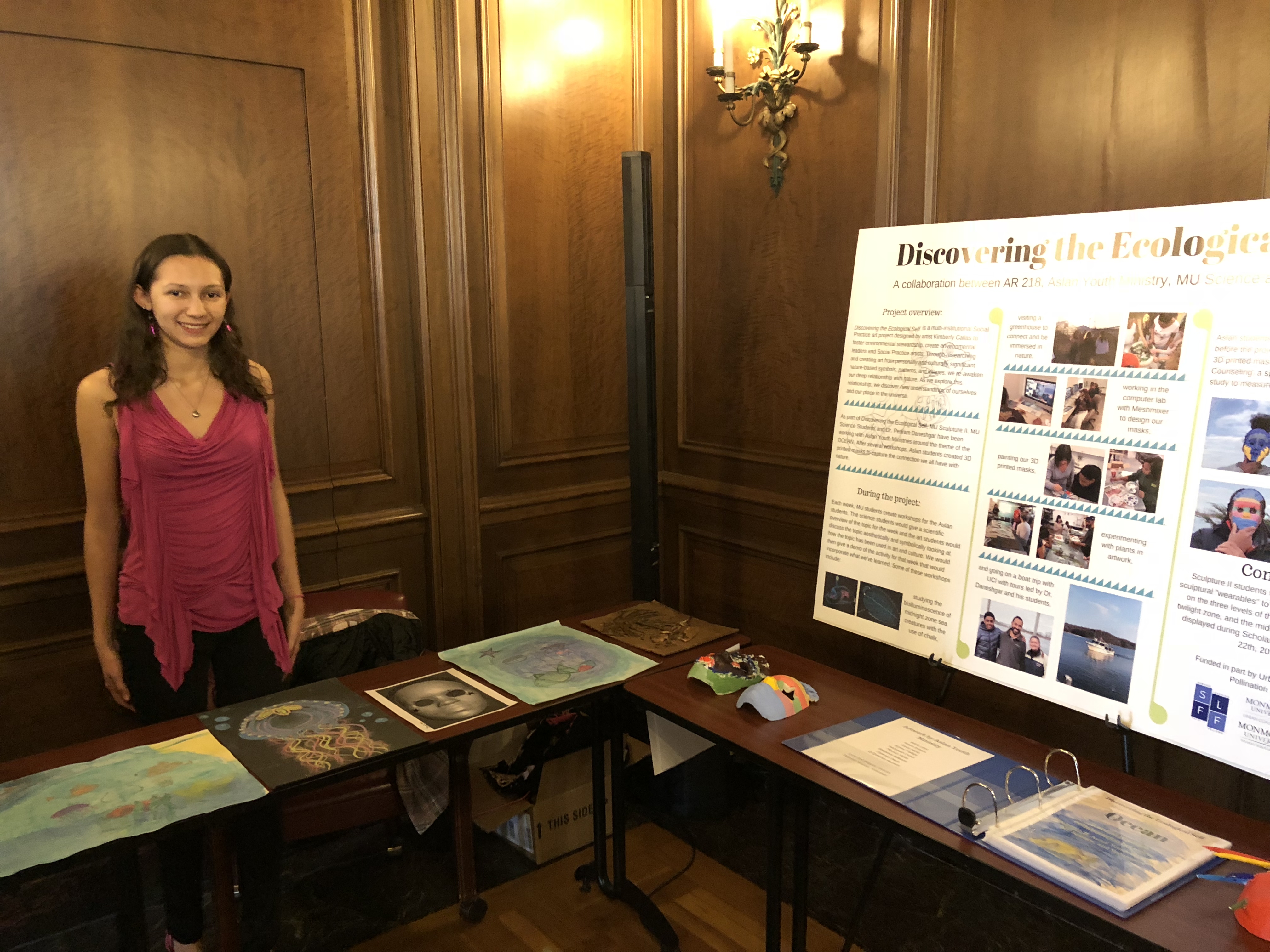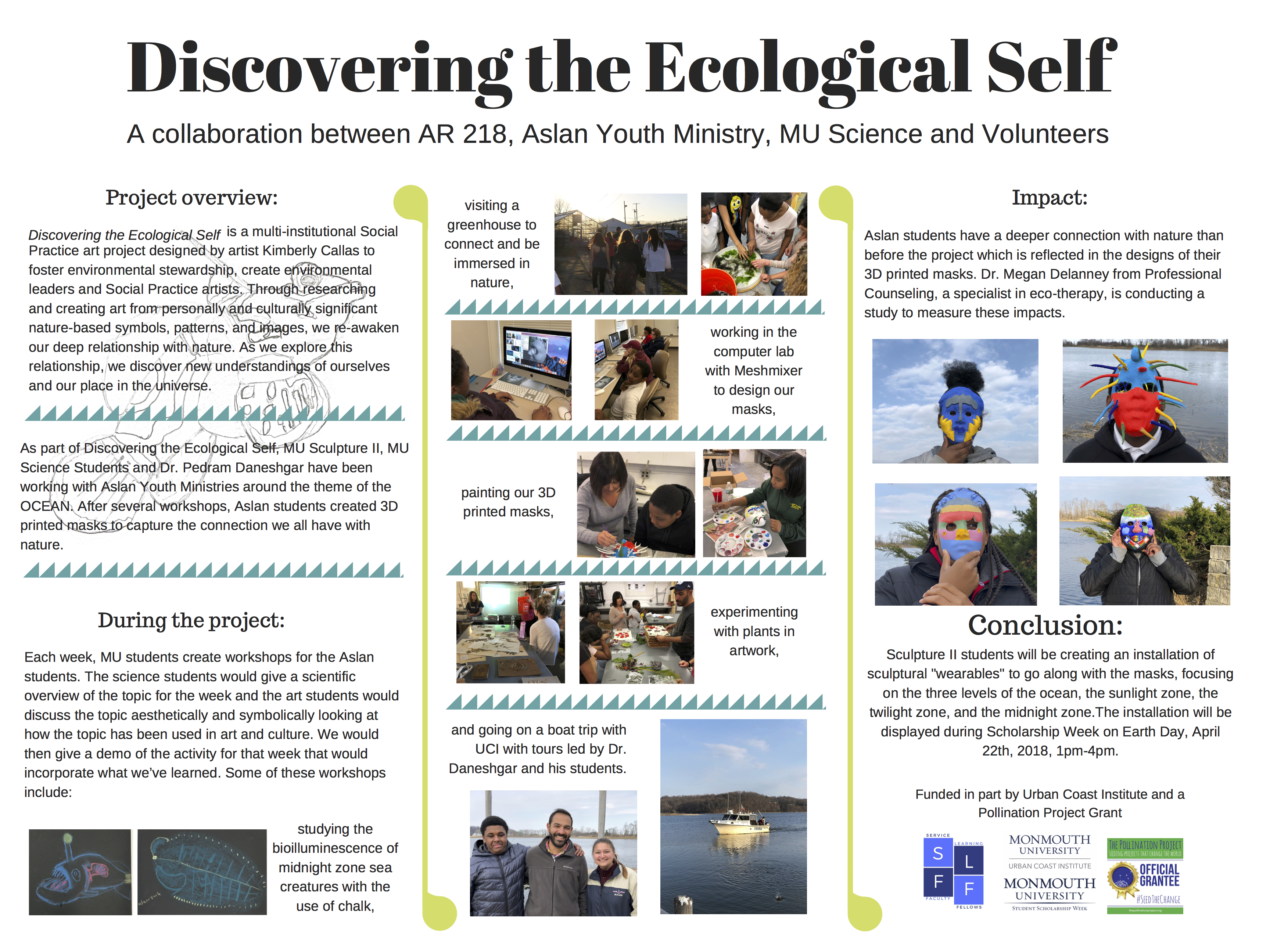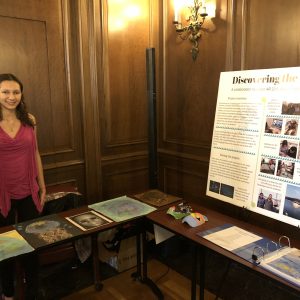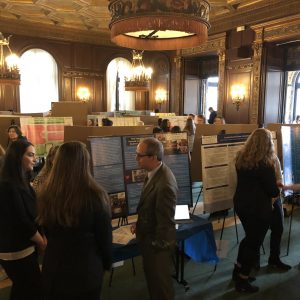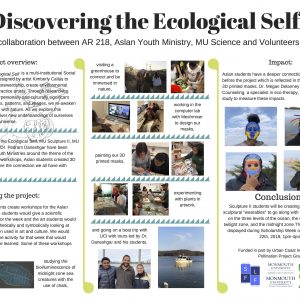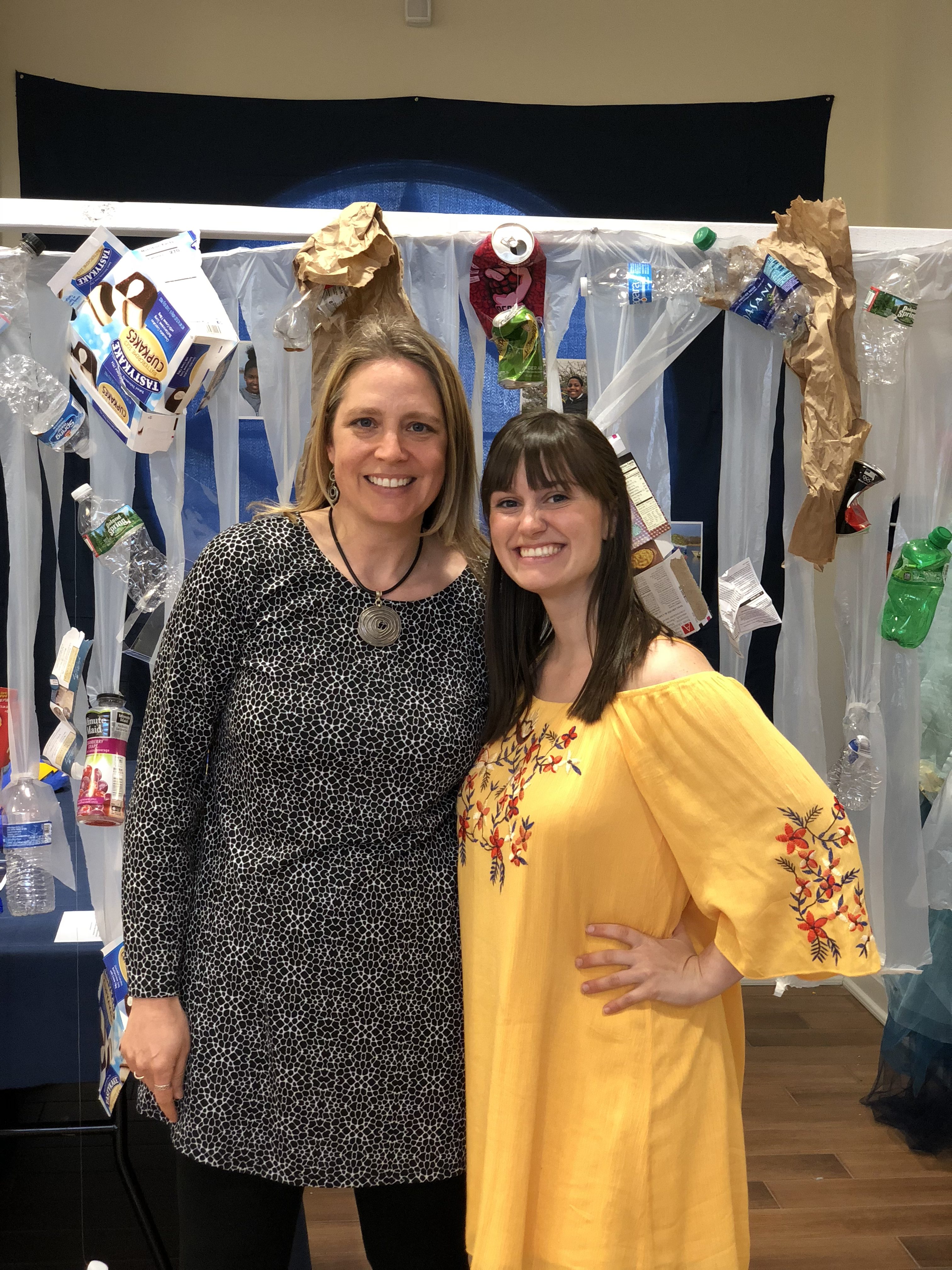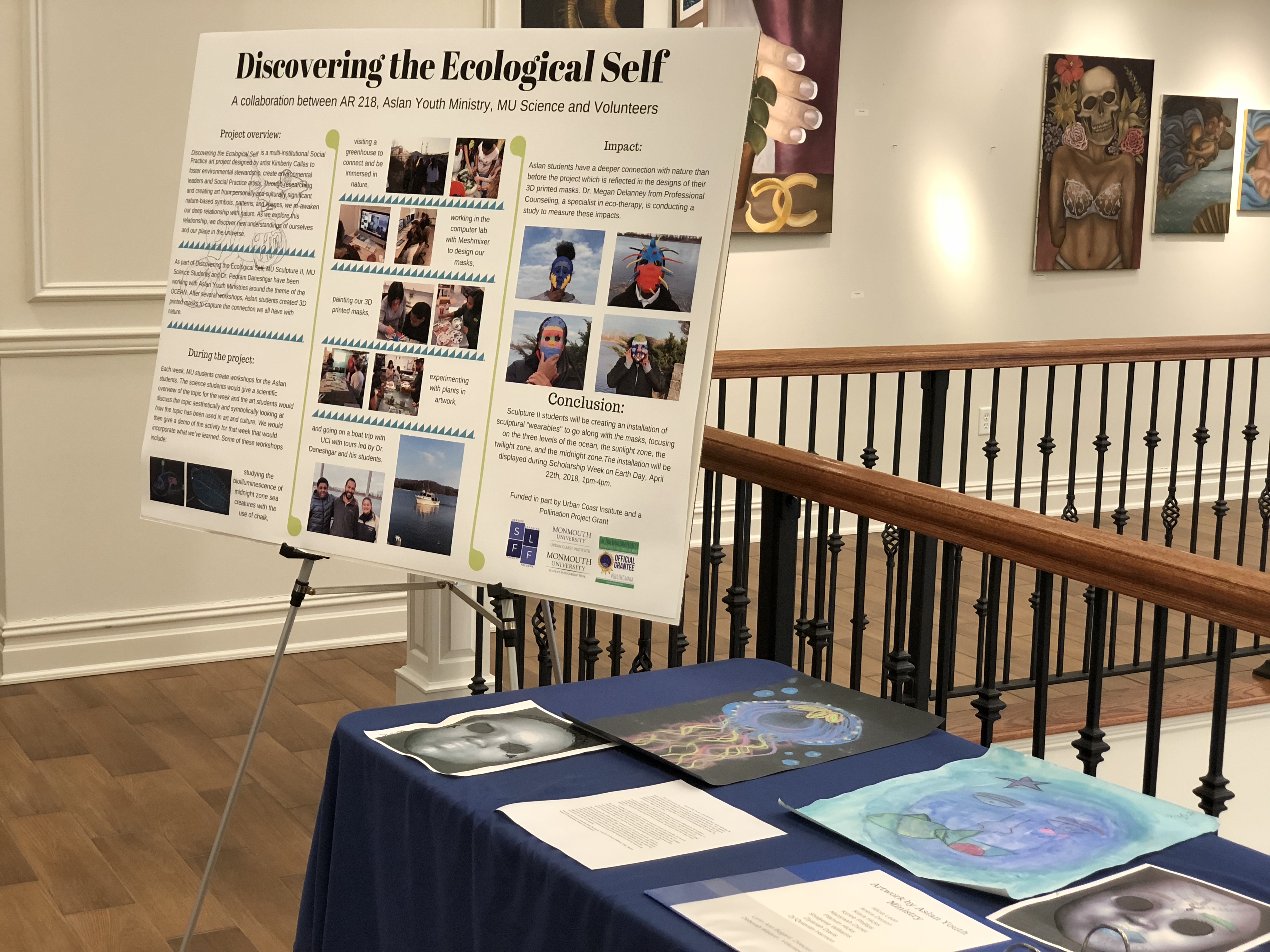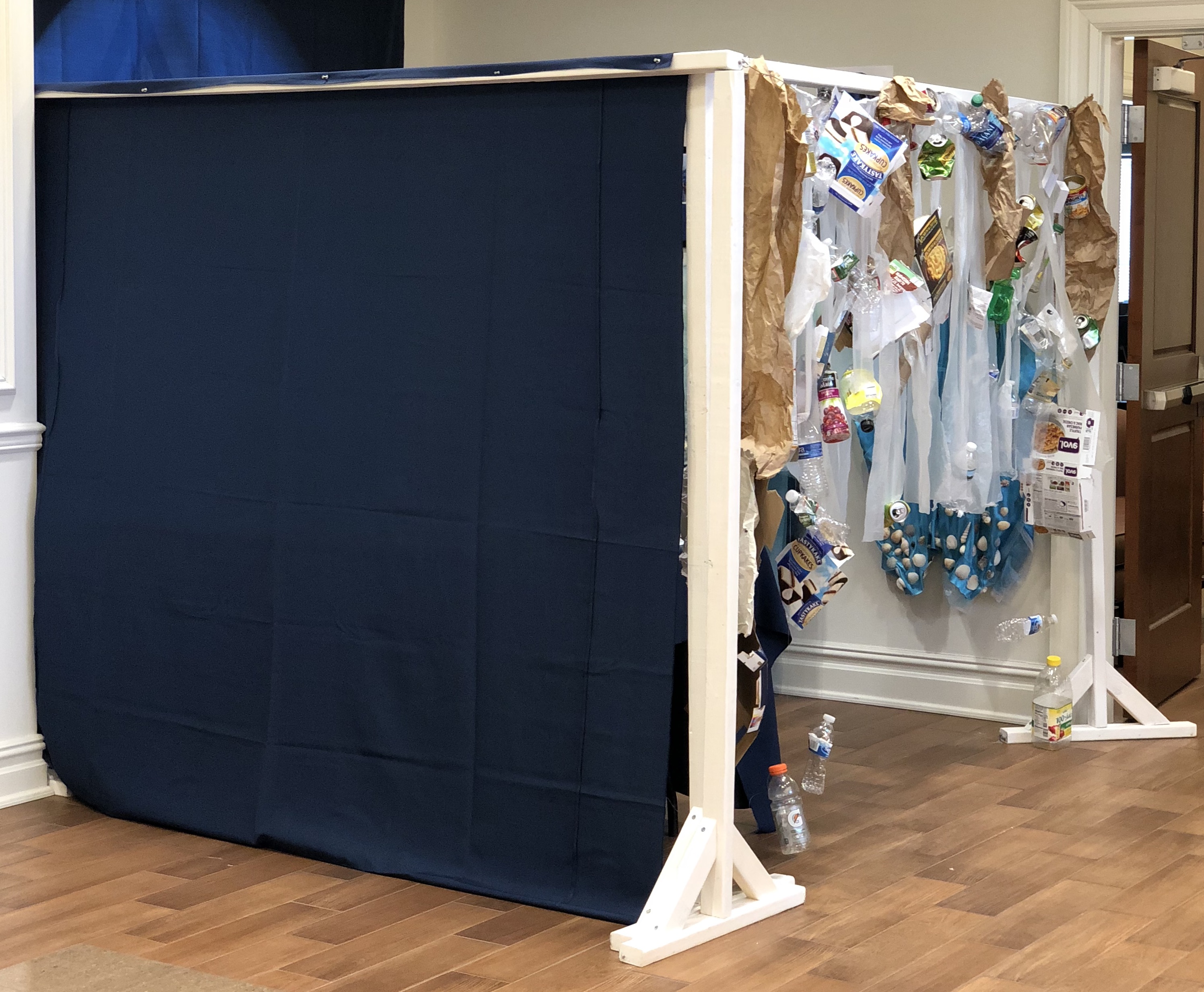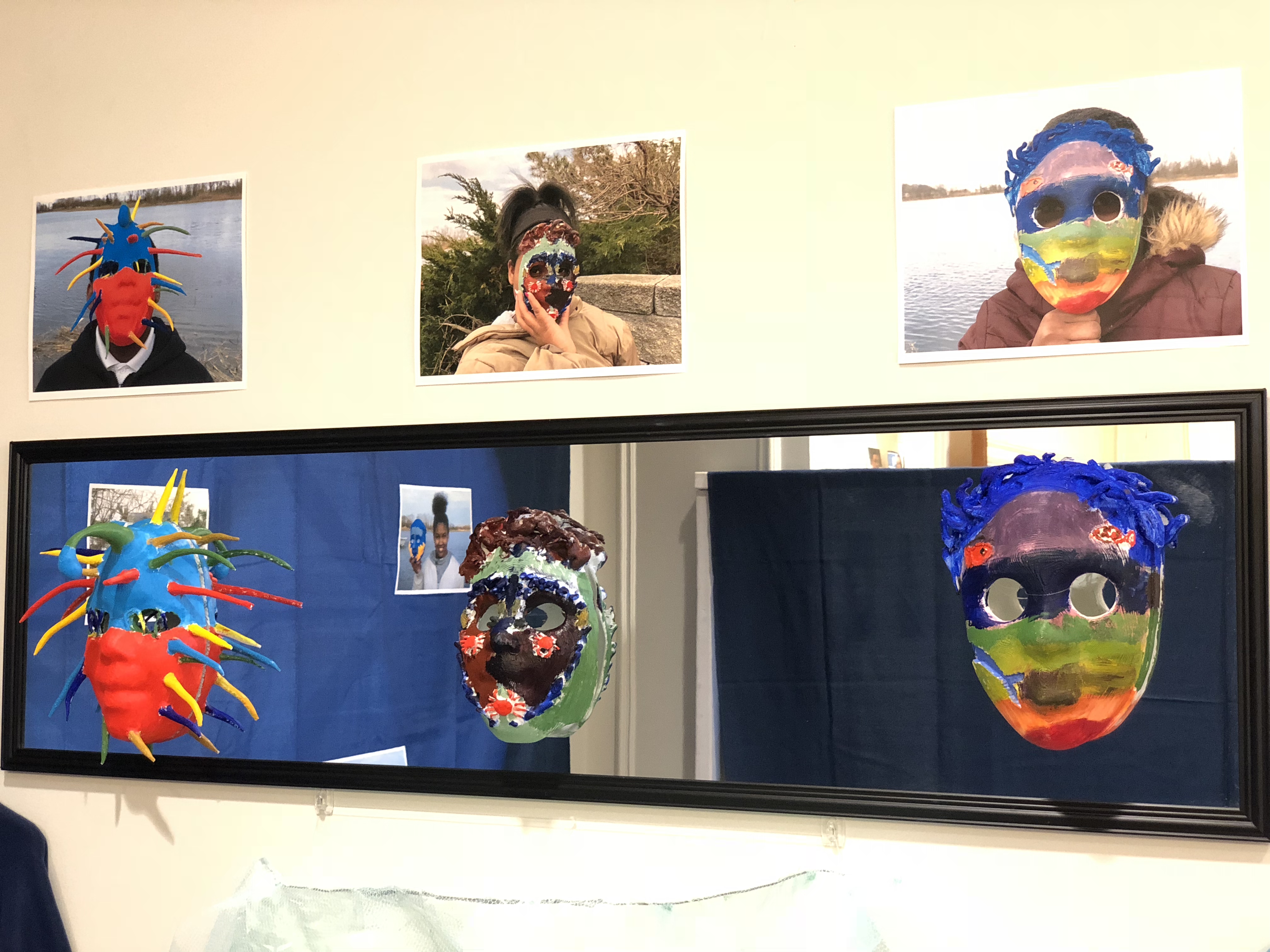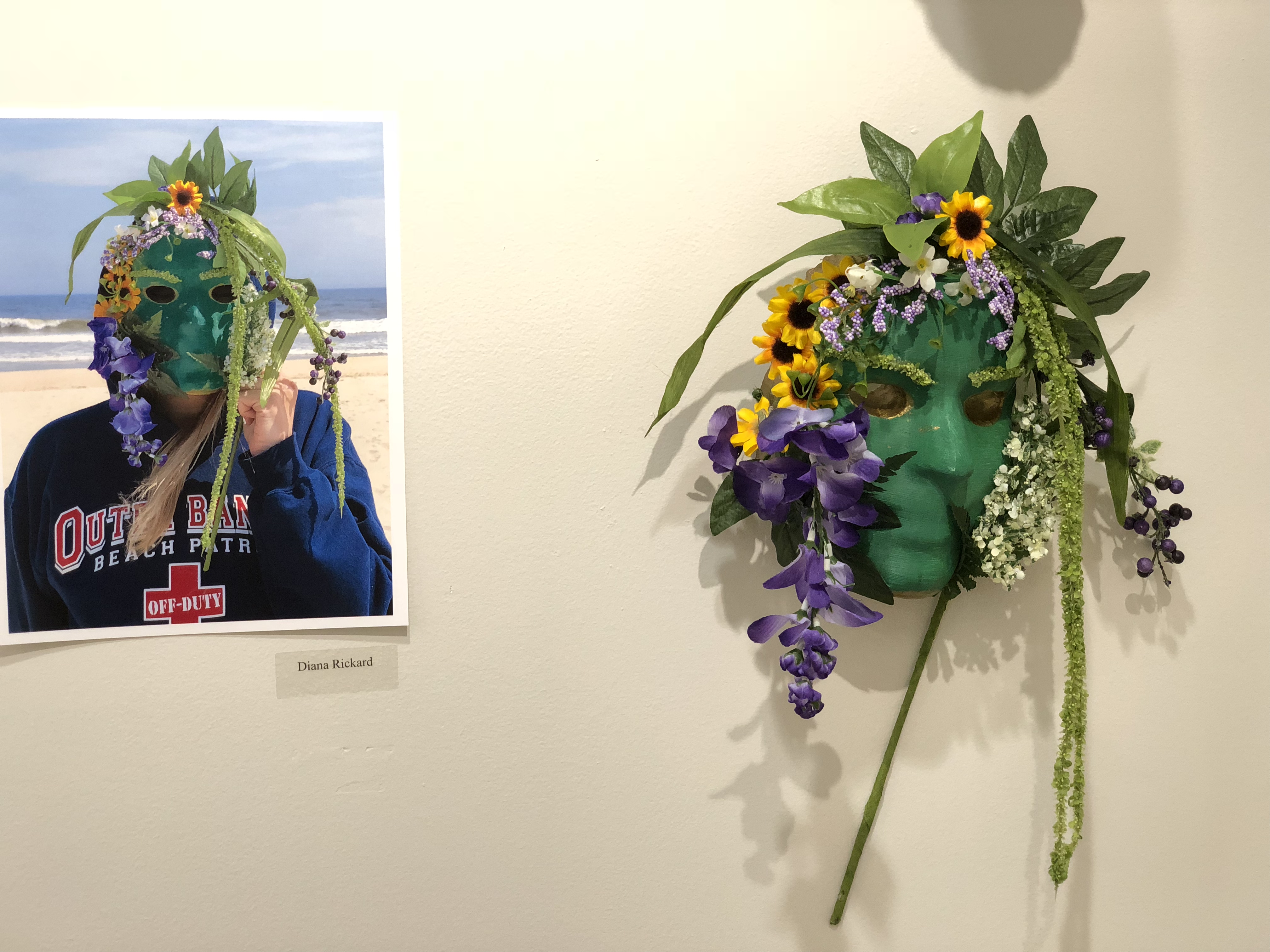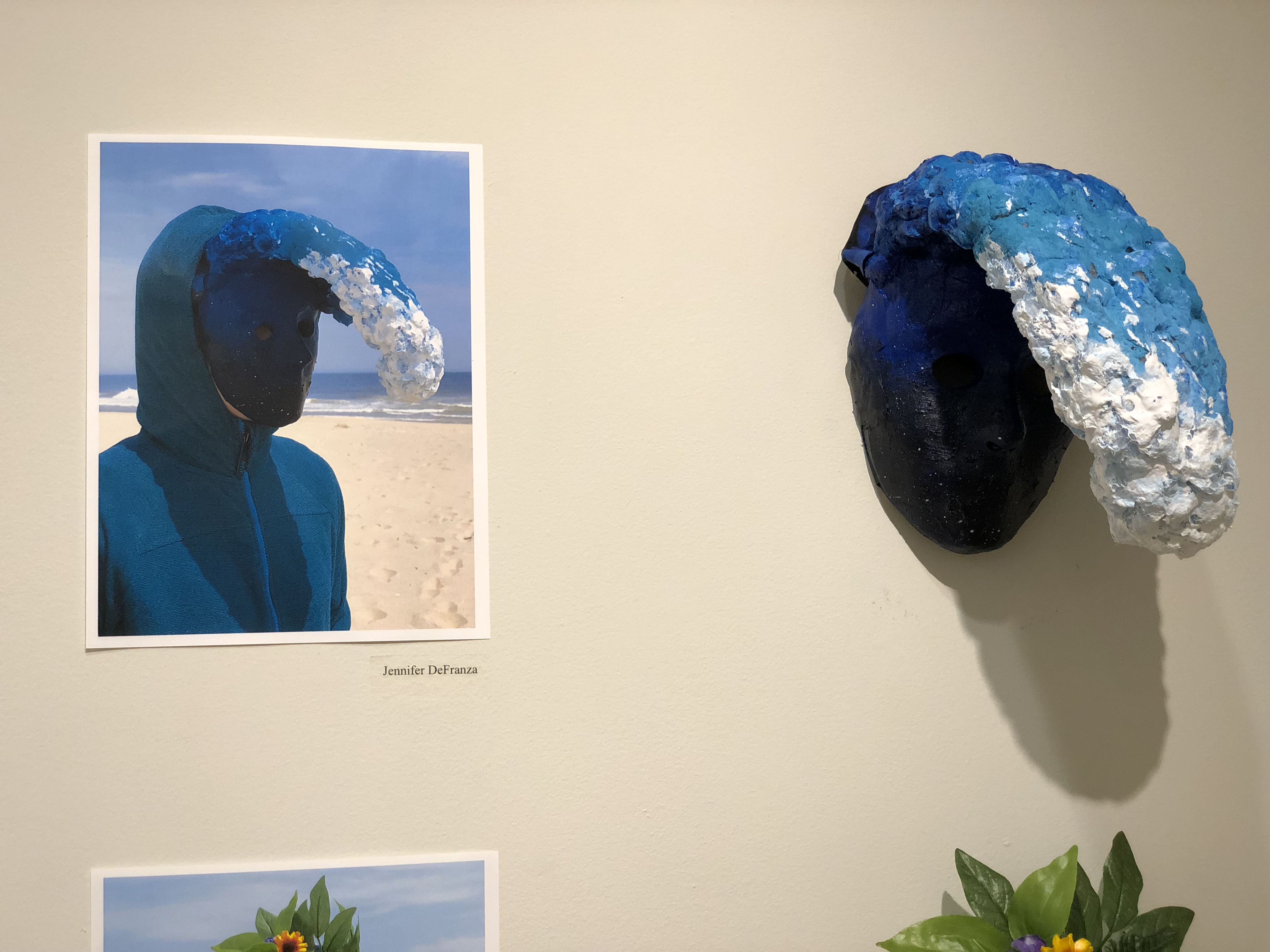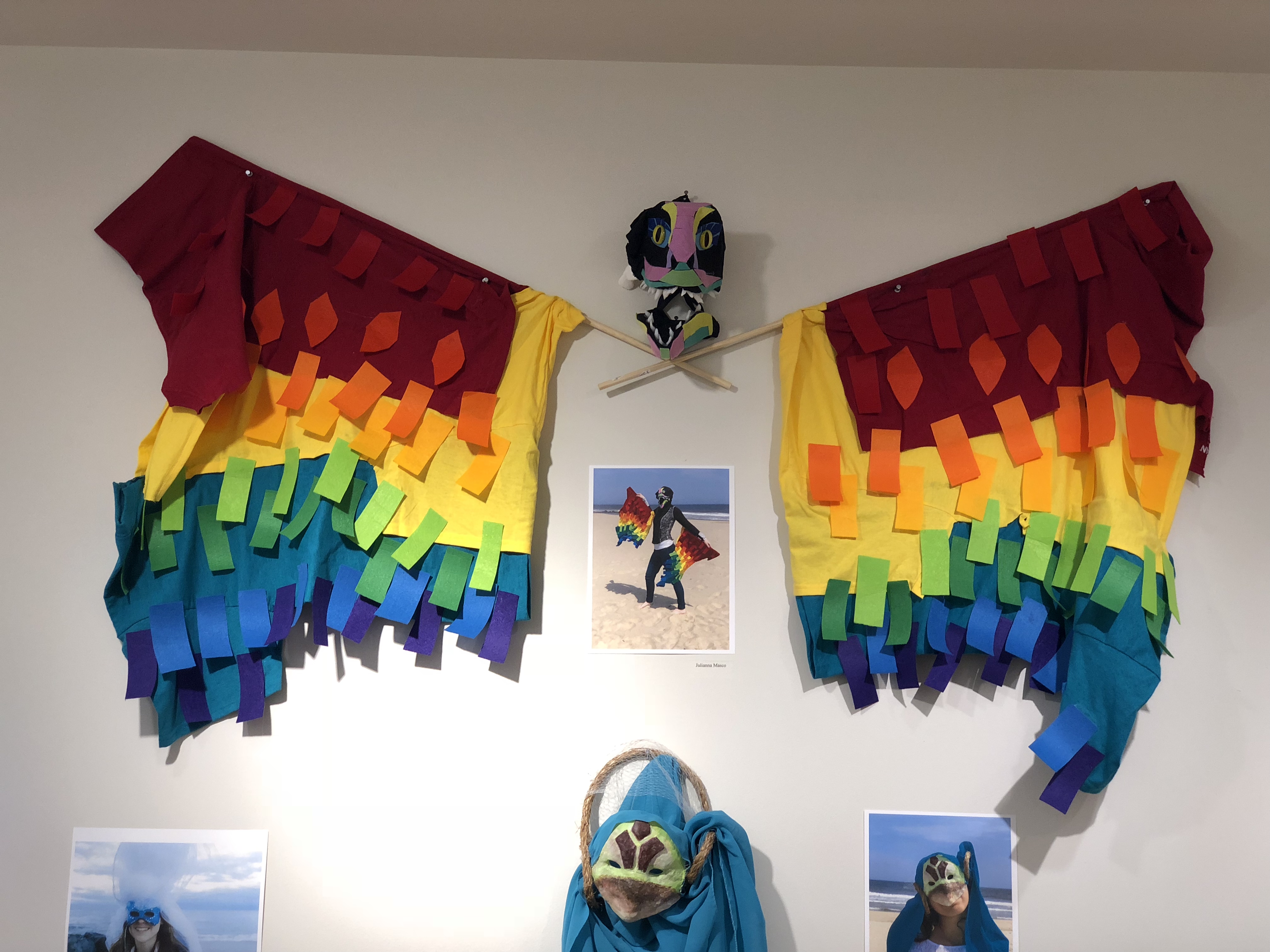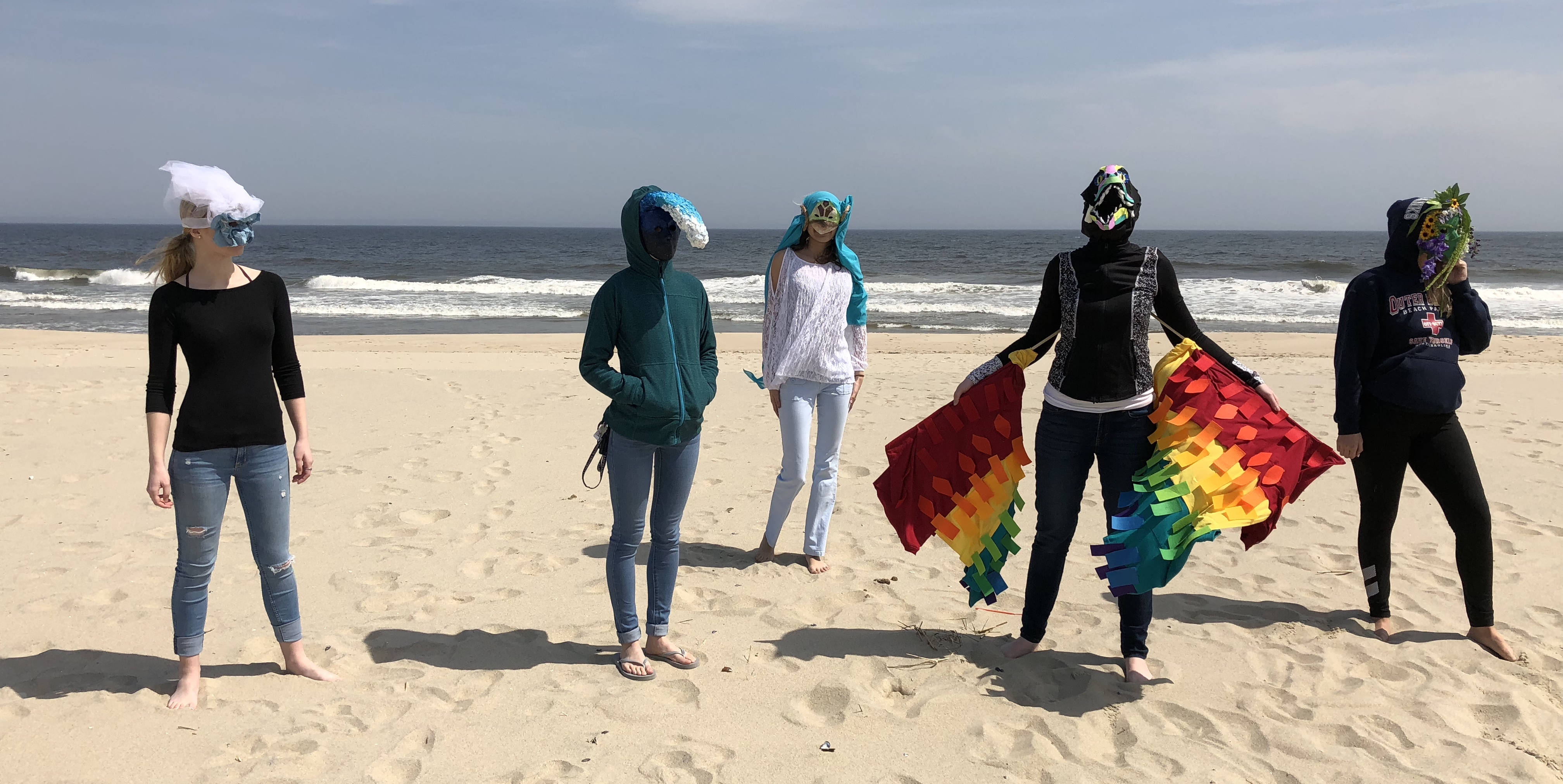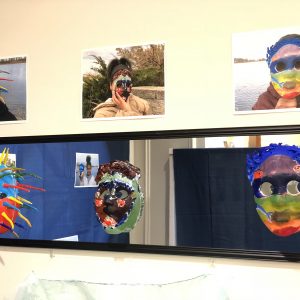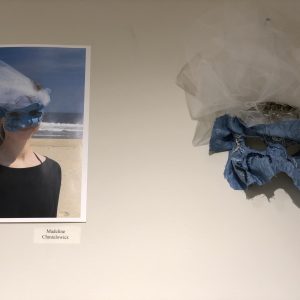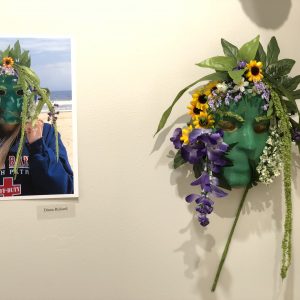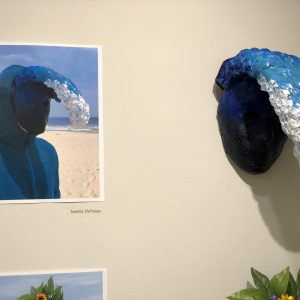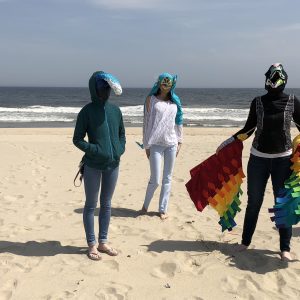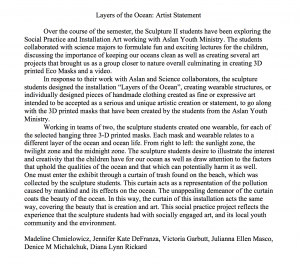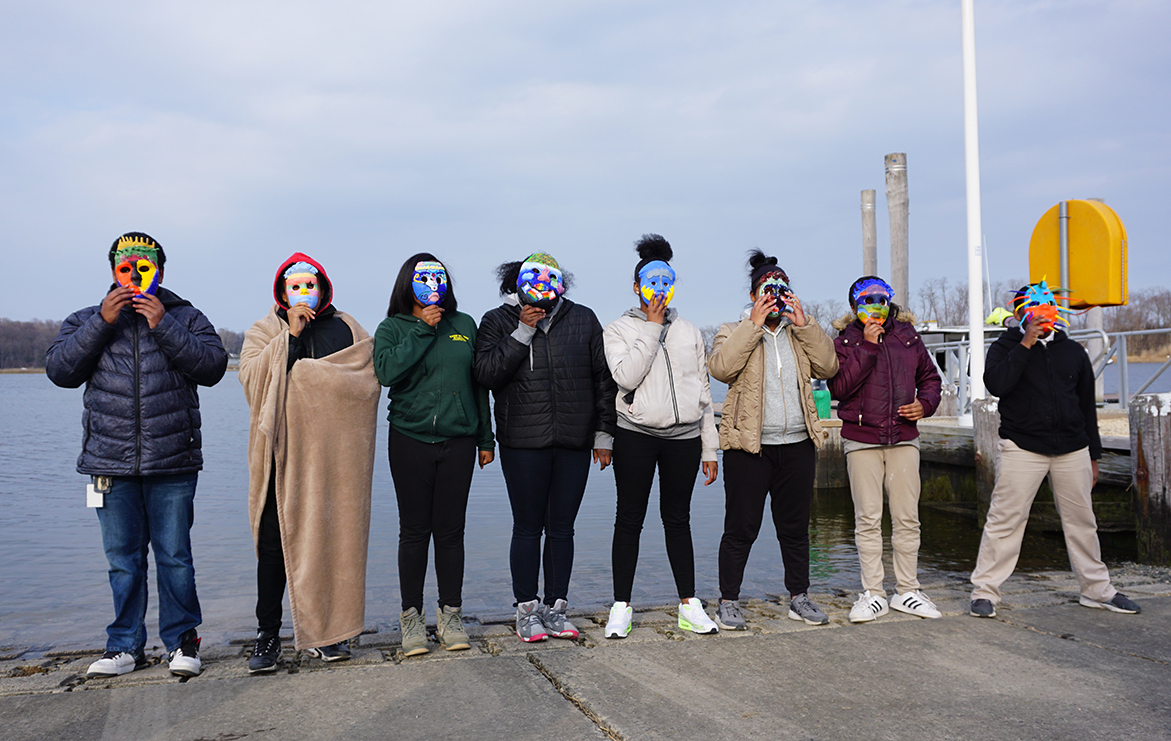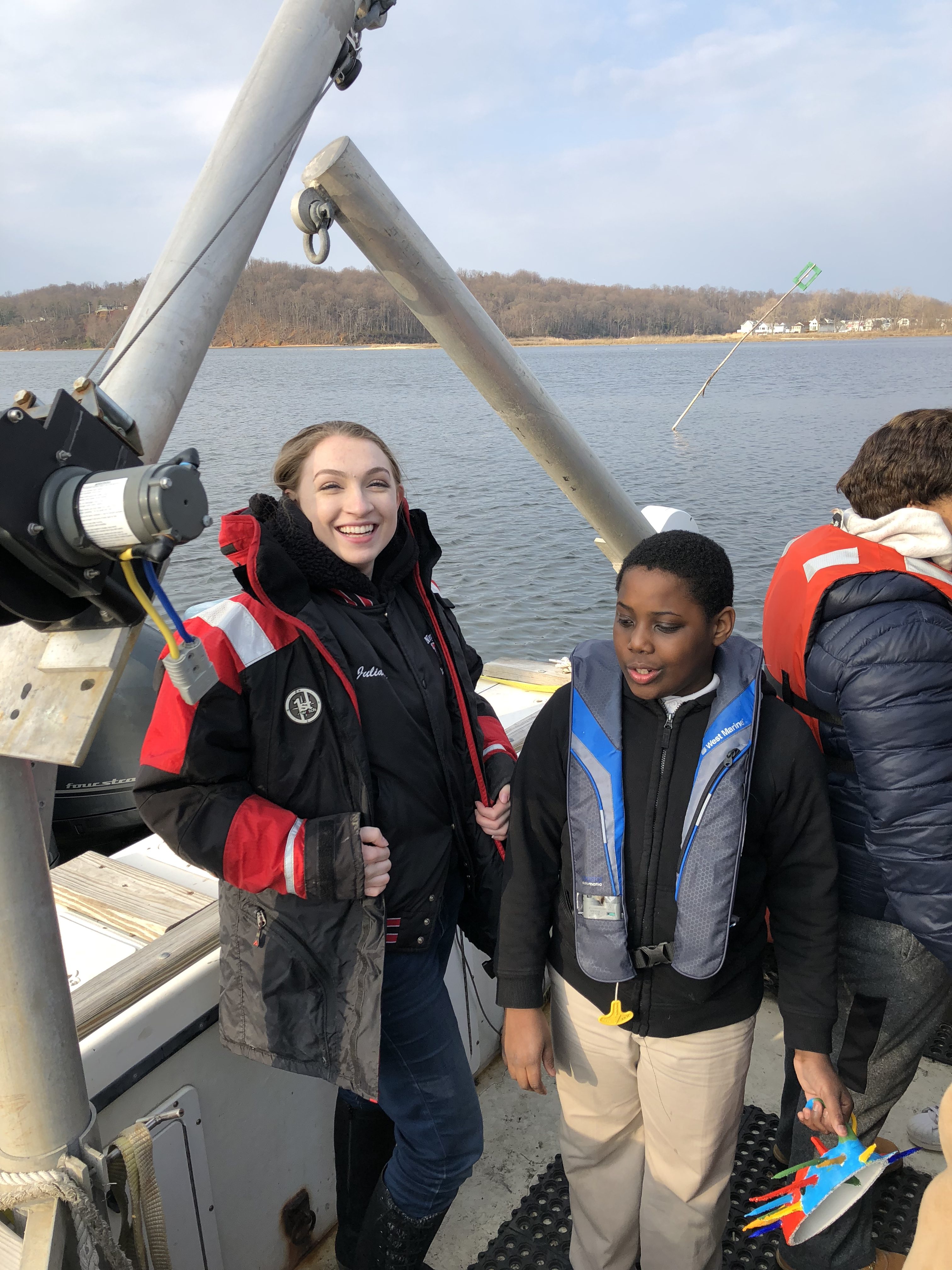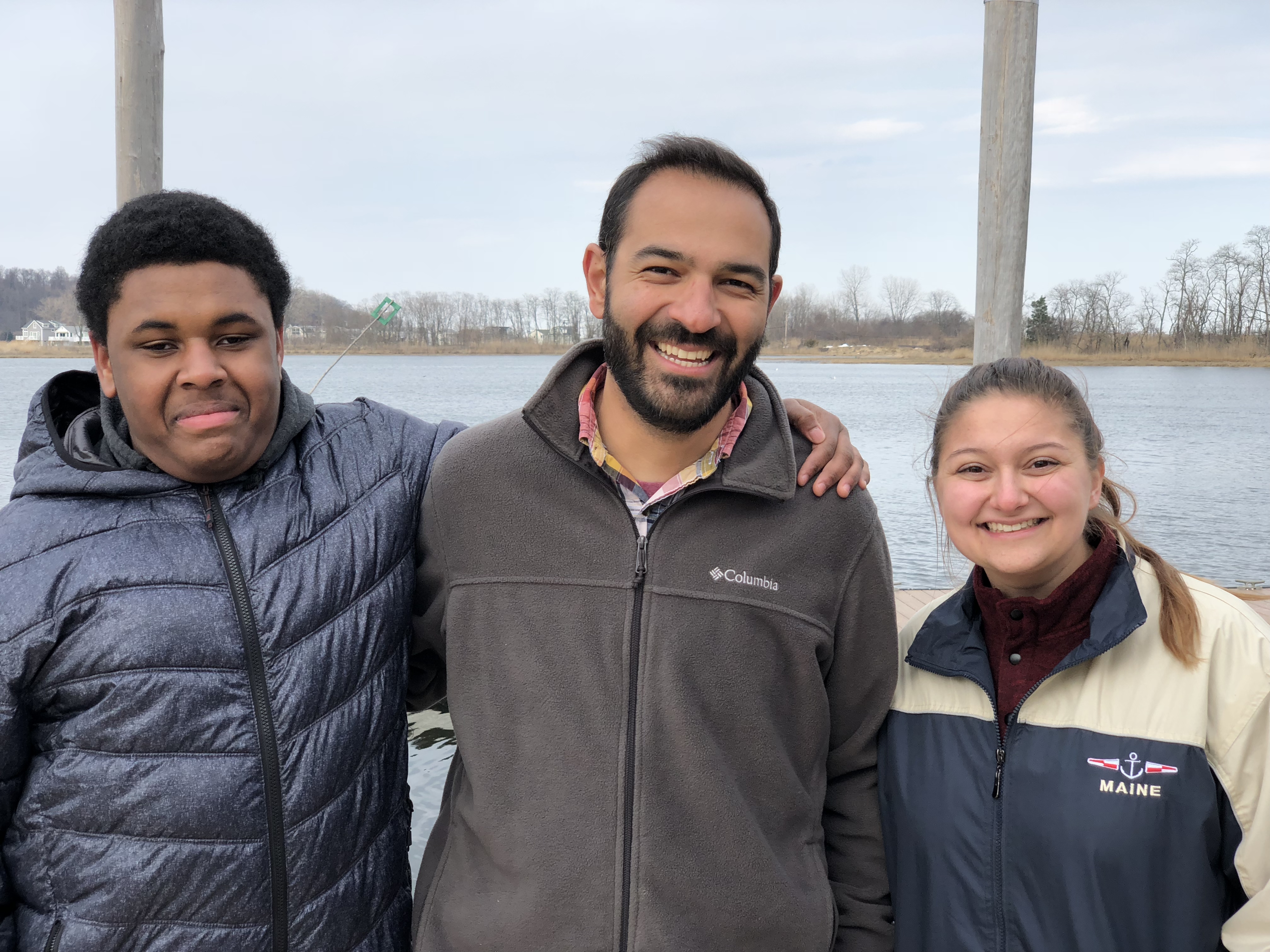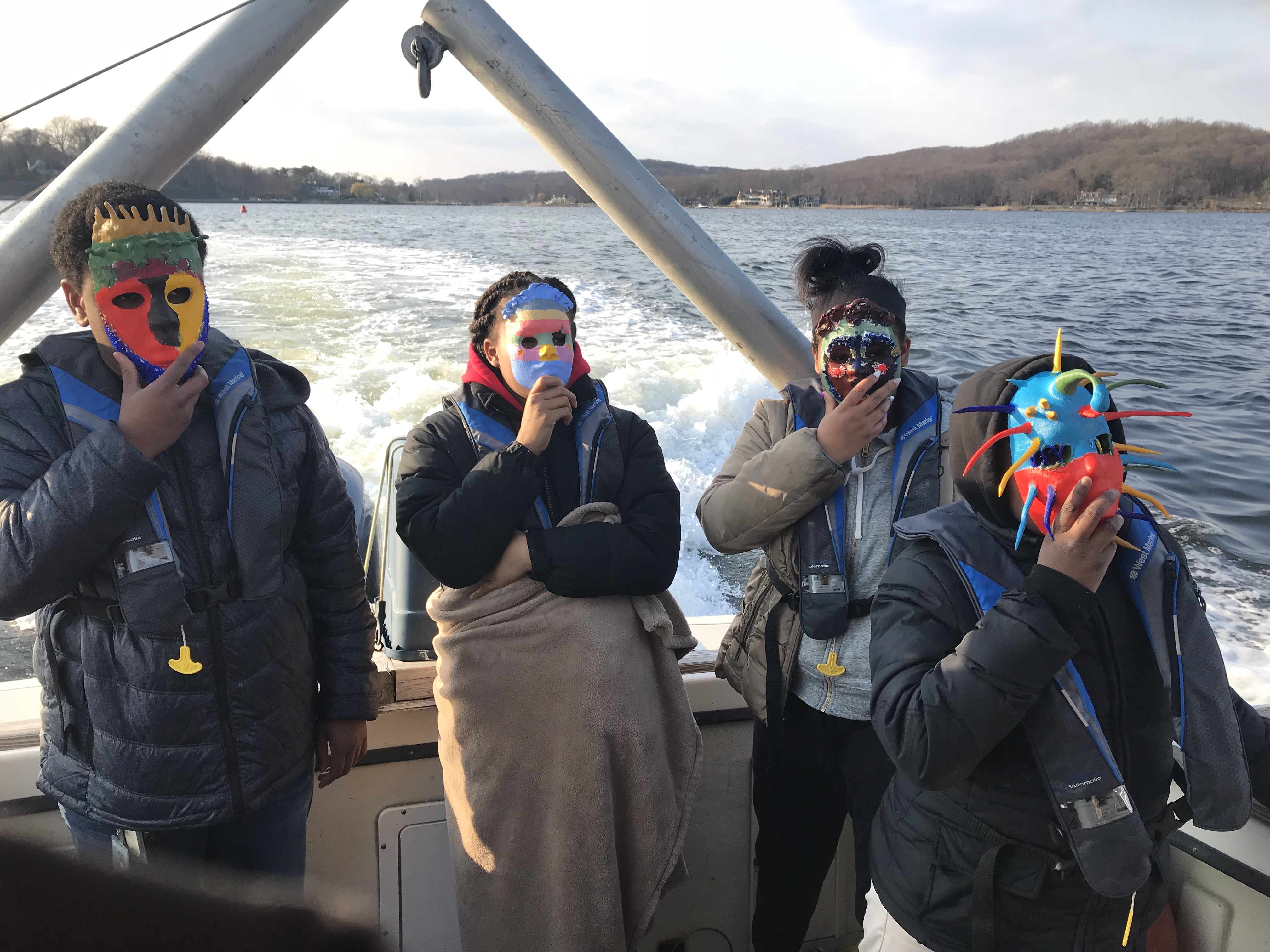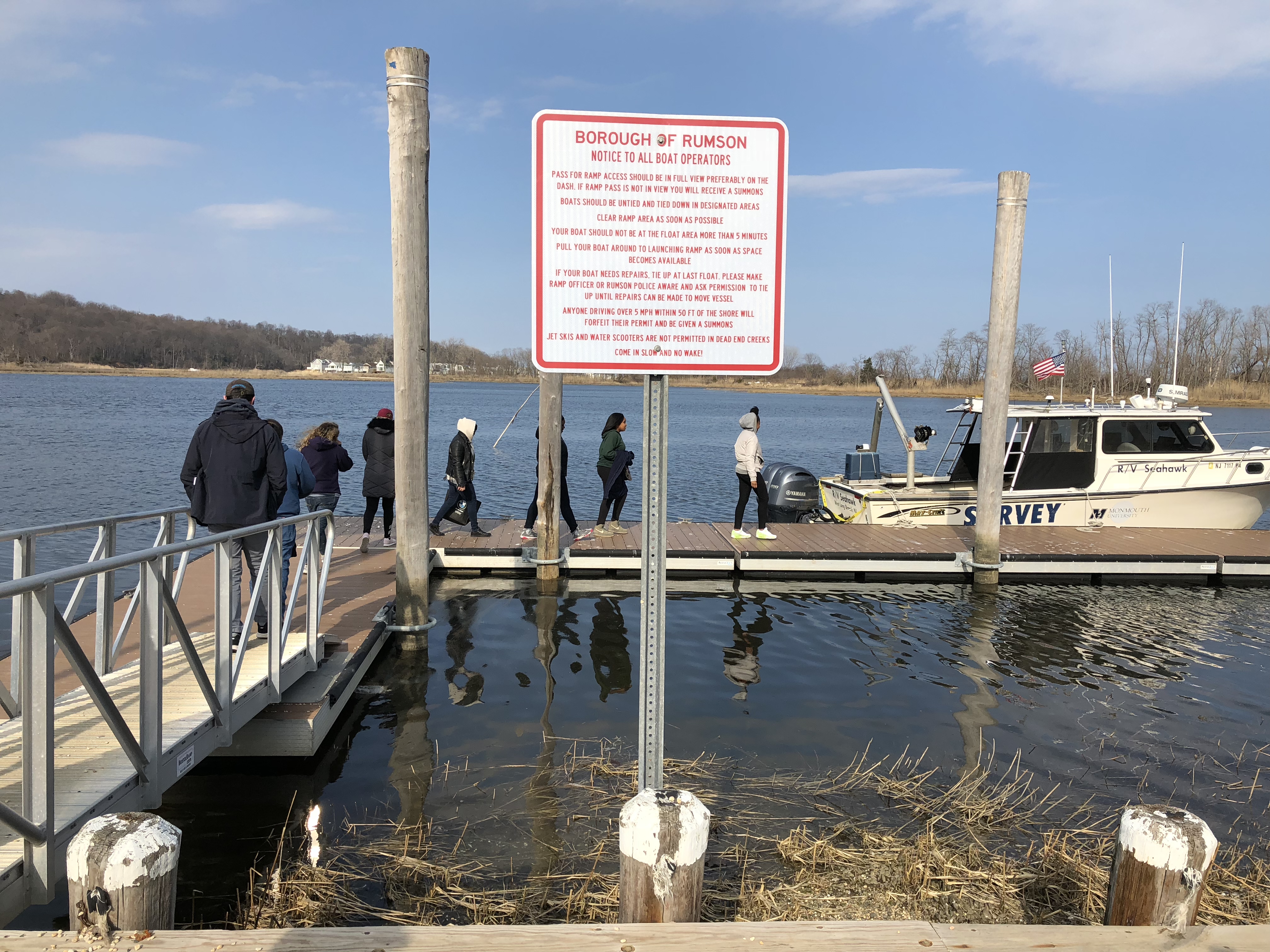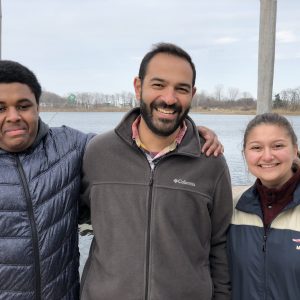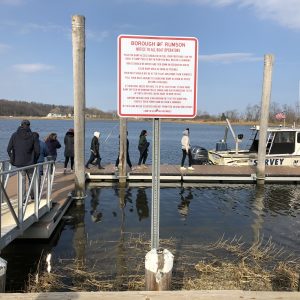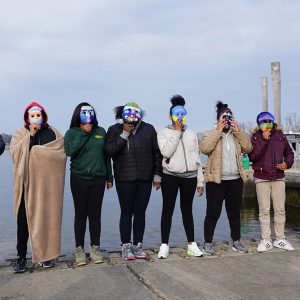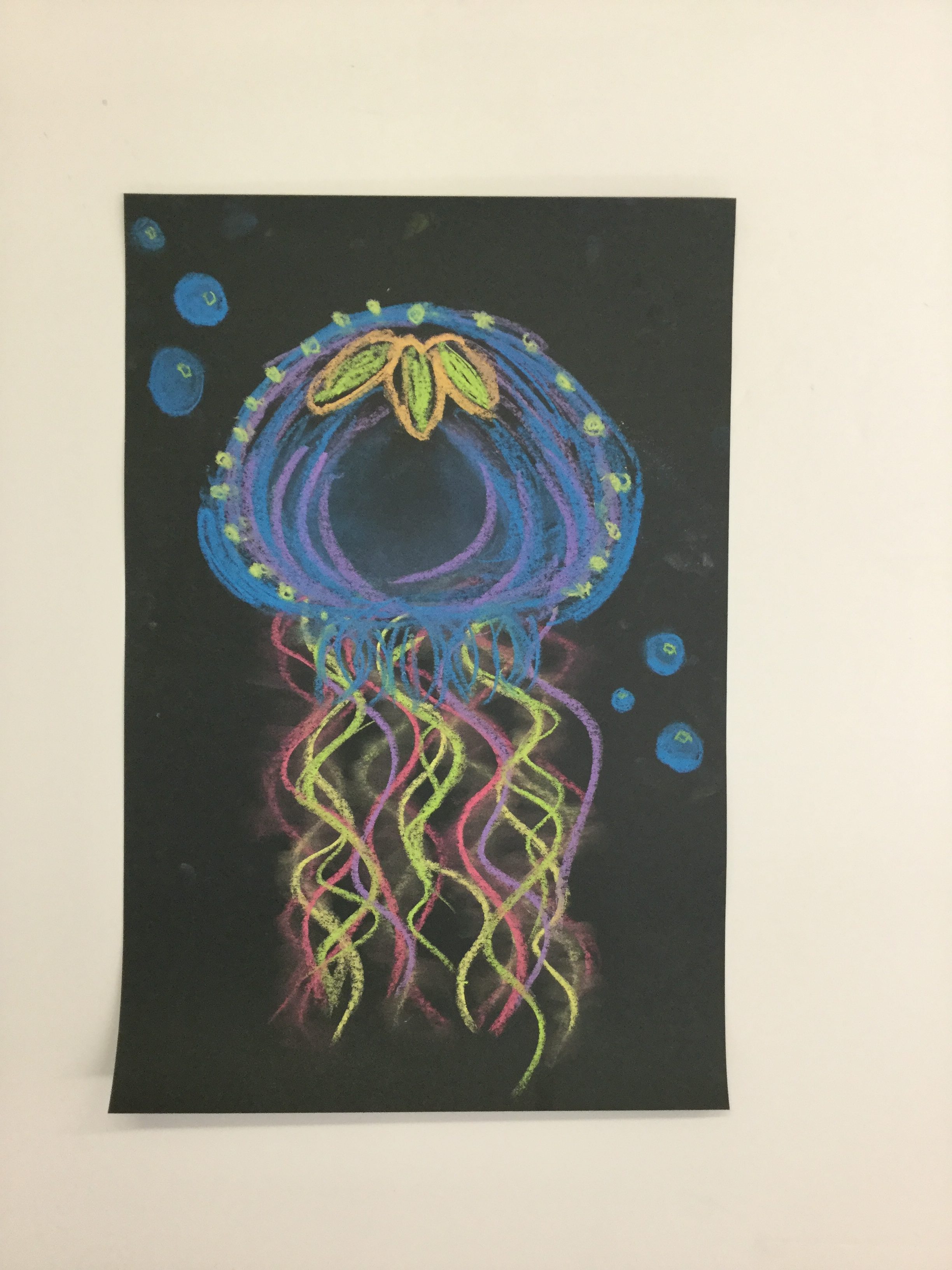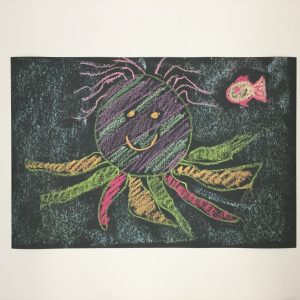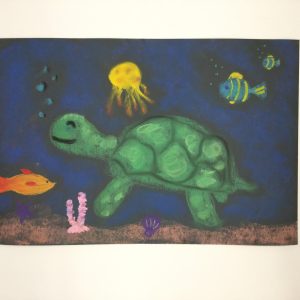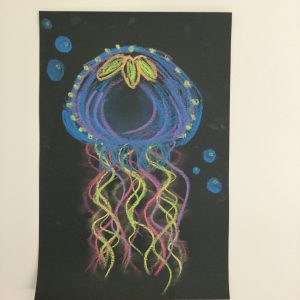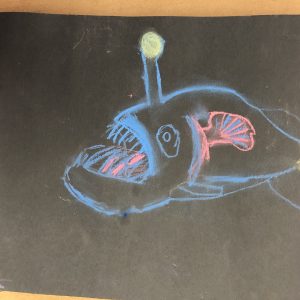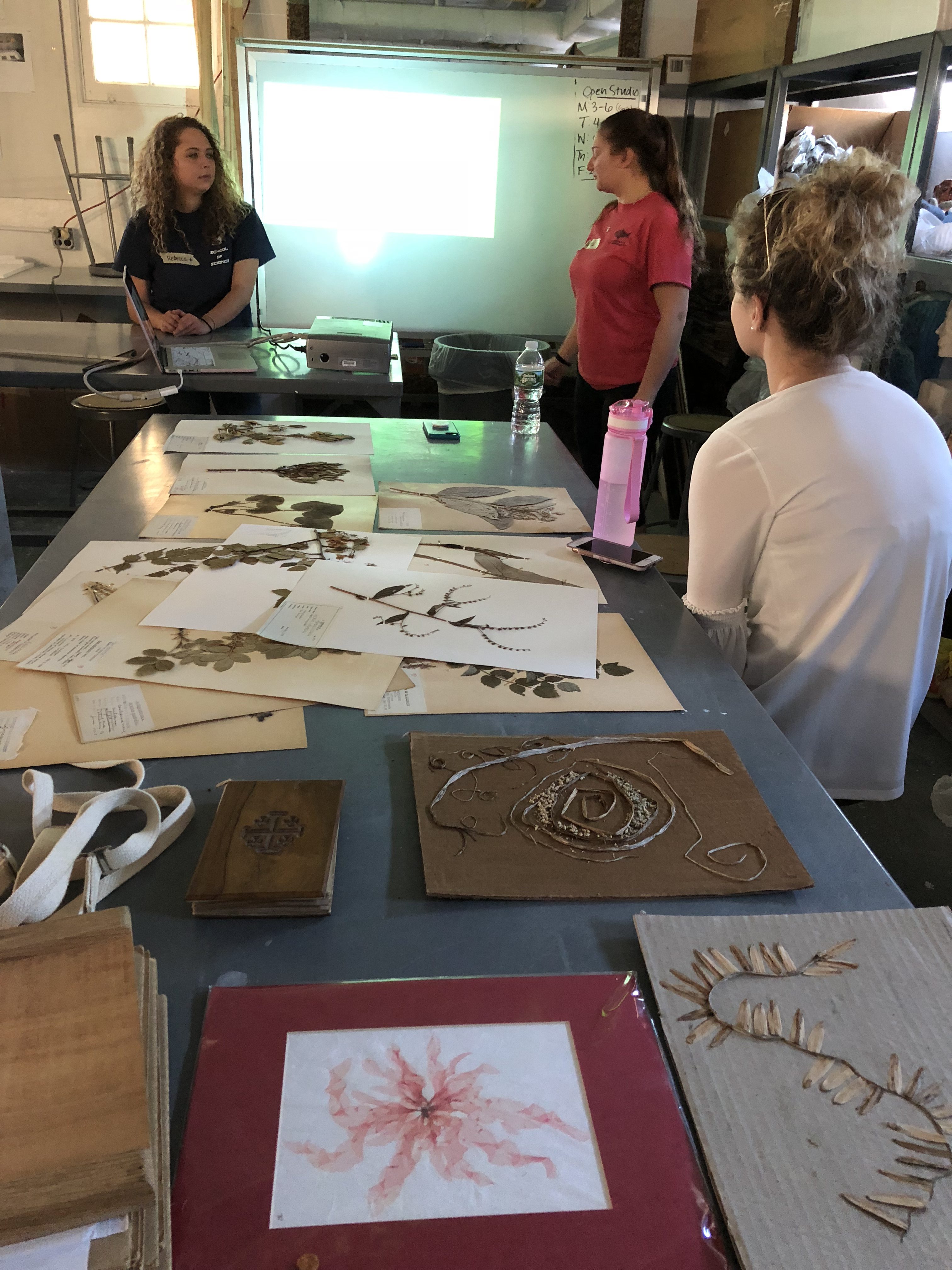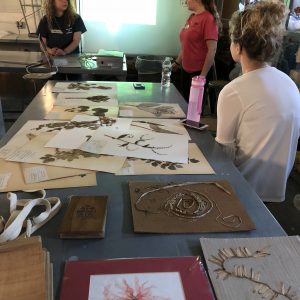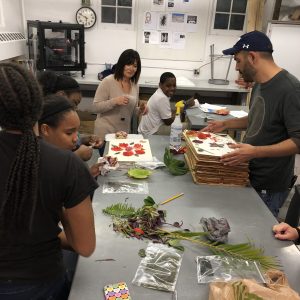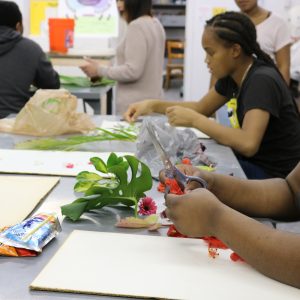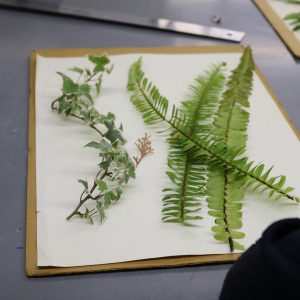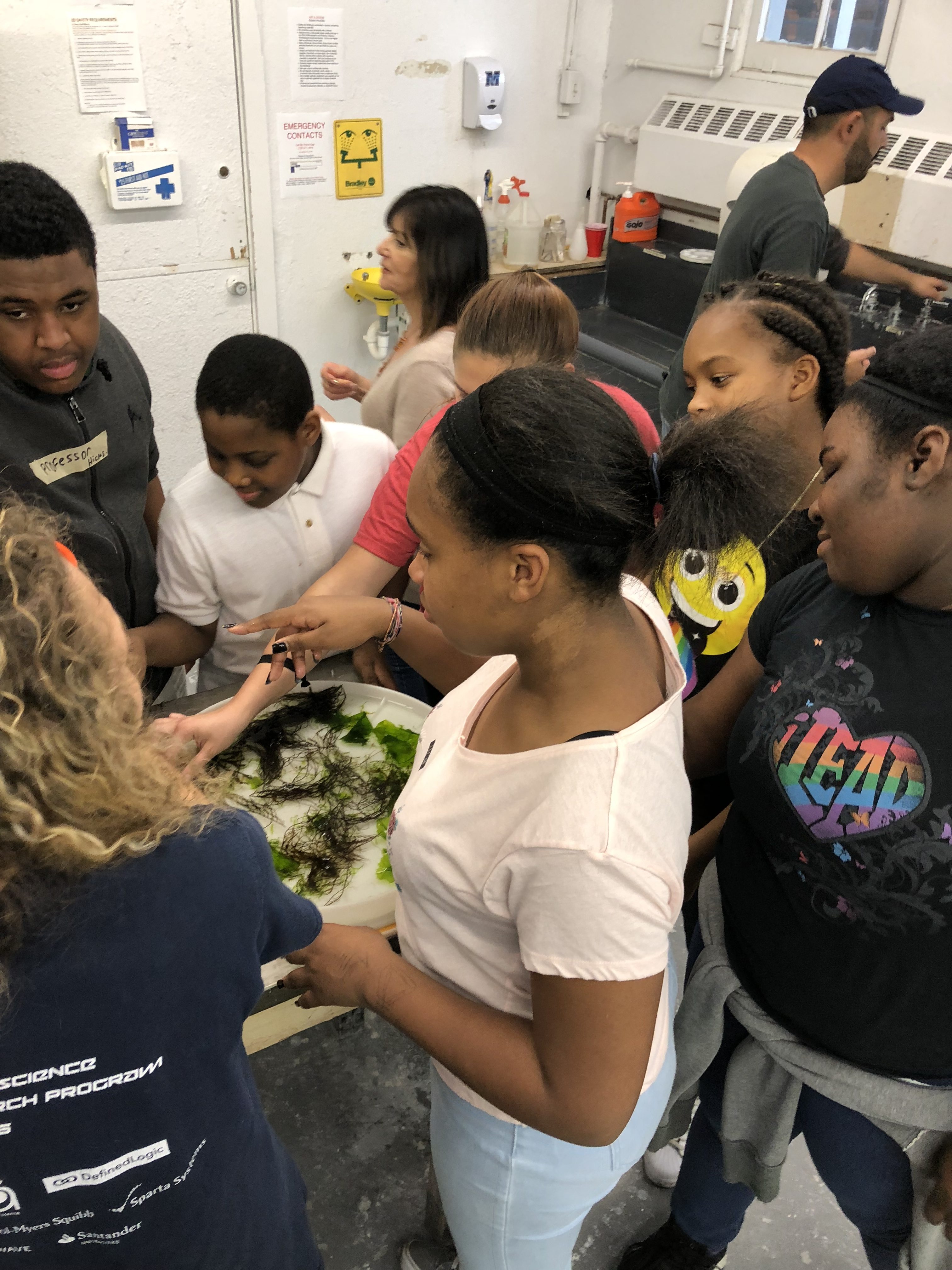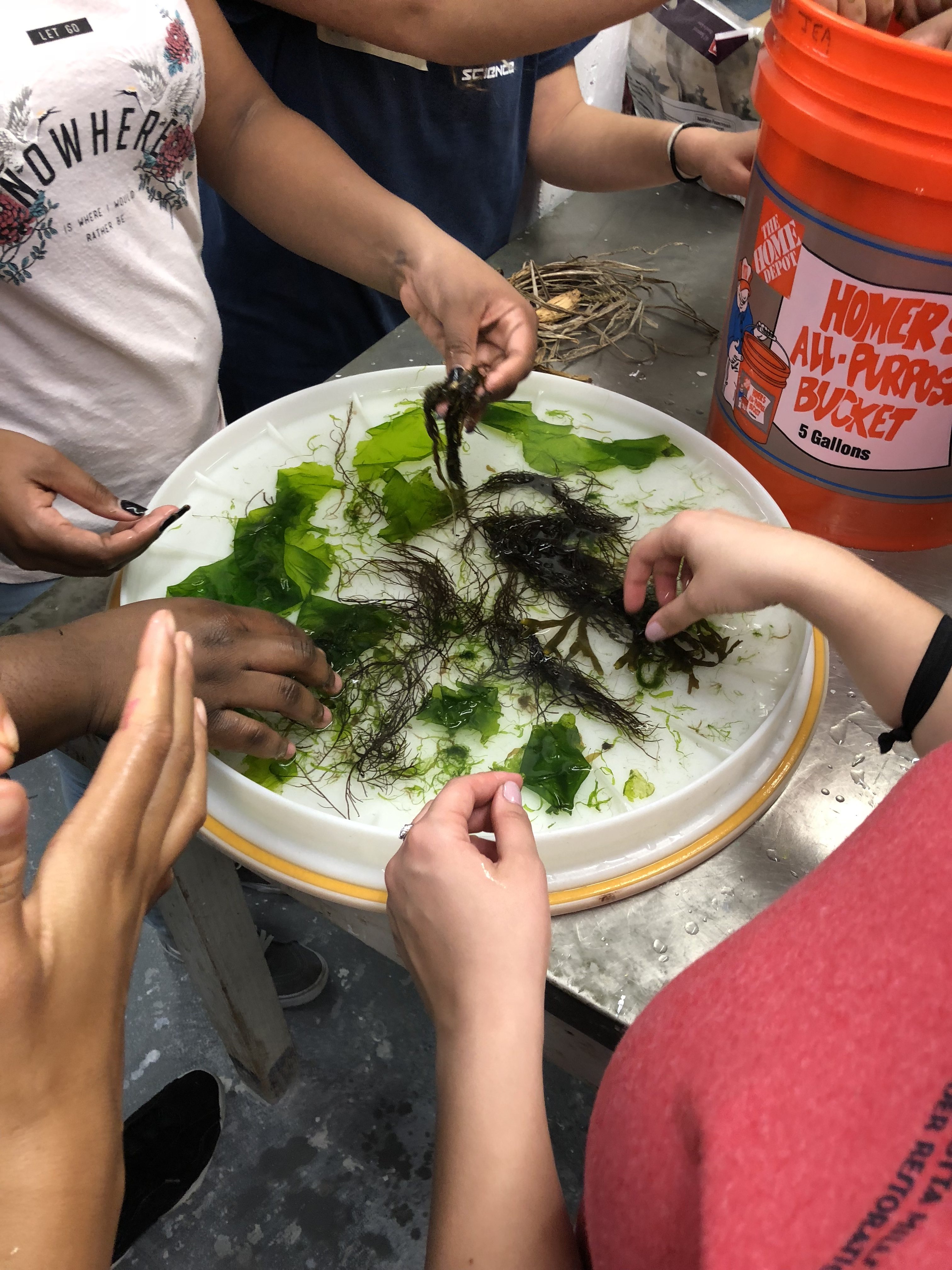Seaweed – Ocean/D-Eco-Self 2018
Ocean/Discovery of the Ecological Self 2018
Seaweed is an algae that grows in the ocean and serves many different purposes to us humans, as well as the ecosystems underwater. For us, seaweed can be found in things like food, hygiene products, and other material good, among many other uses. When it comes to food, seaweed is used in delicious recipes of soups, sushi, and more; it is a delicious snack for sea creatures, as well. For the environment, seaweed is an extremely helpful filter – it is how reefs filter themselves naturally. They remove unwanted nutrients from the water such as phosphate, carbon dioxide, and nitrate. Seaweed is also used in healing wounds, as an ingredient in various products, and even skincare!
Because of its many uses around the world, seaweed farming is important, too. Basically, farming seaweed consists of managing and cultivating naturally existing batches. Harvesting from these farms allows us access to all of the seaweed products we love. These fun facts about seaweed were taught to the children of the Aslan Youth Ministry by volunteers from the Department of Science at Monmouth University, as a part of their participation in Discovering the Ecological Self.
After learning all about seaweed, its functions and uses, and its place in the world of art, the volunteers and children moved to the Monmouth University greenhouse. There, they were able to explore everything that was growing there and got to see what seaweed felt like (pictured above). After gaining a tactile understanding of seaweed, the children also go a taste of it by eating dried seaweed. This experience of learning connected the children of the Aslan Youth Ministry to nature and immersed them in the environment around them, which is one of the main purposes of this project.
To see more photos from the greenhouse trip, check out the gallery.


